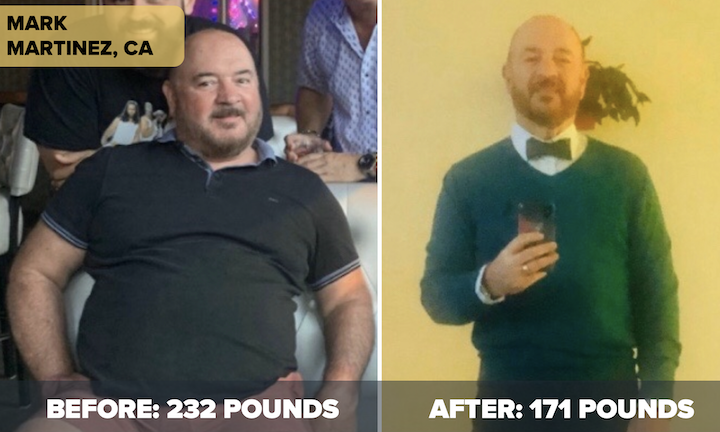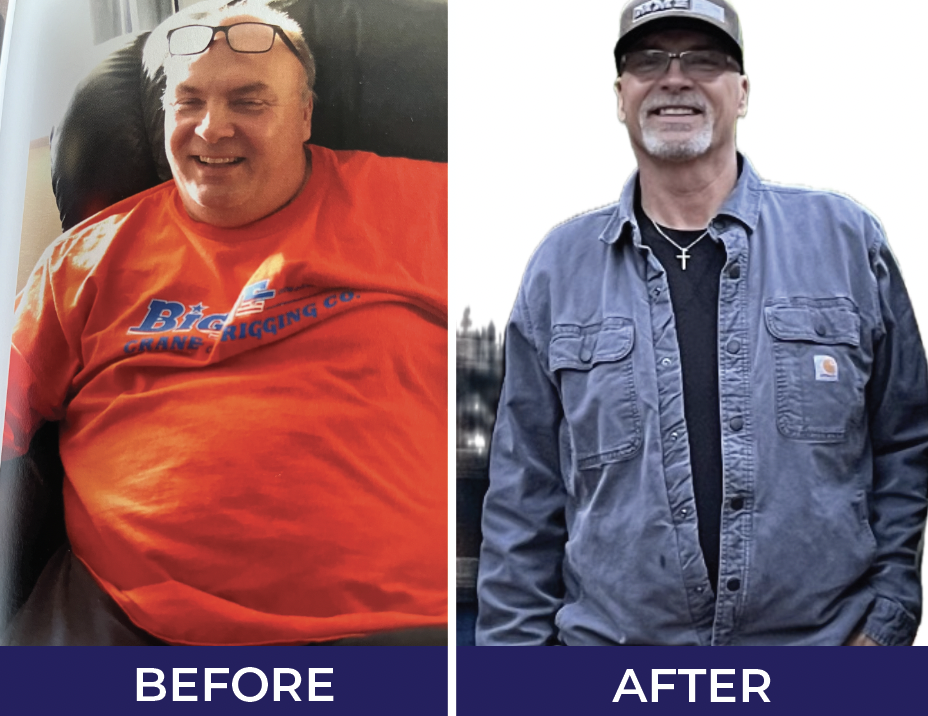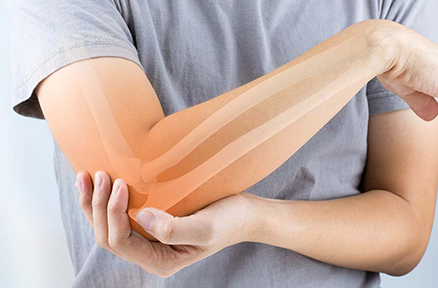We are very sensitive when talking about obesity in today’s culture, in order that we strike a balance between educating our patients and sounding overly critical.
In our orthopedic practice we take time to ensure that everyone, no matter their gender, age, or physical abilities, is aware of the risk that carrying too much weight can have on both their orthopedic health (joints for example,) as well as their general health (such as diabetes and heart disease).
As healthcare professionals we recognize how important it is for everyone, both men and women, to be comfortable in their own skin, and be confident in who they are as a person and what their body looks like. In this context, being comfortable with yourself means helping people understand that their body will not always look like photographic models or even other “average” individuals. We all built differently and we respond differently to caloric intake, exercise, and lifestyles. For example, some (lucky) people were born with really efficient metabolisms – many of us are not, however. An important step in healthy confidence is to understand that although we may never be as thin as some, we can be very comfortable in our own skin. Medically speaking, though, being comfortable in your own skin is not validating obesity.
The definition of obesity has been quite specific traditionally: it was defined as weight at least 20% above the weight correlating to the lowest death rate for individuals of a specific height, gender, and age (the “ideal” weight).
A further breakdown of definitions looked like this:
- Mildly obese: 20-40% over the ideal weight
- Moderately obese: 40-99% over the ideal weight
- Severely/Morbidly obese: 100% + over ideal weight
More recent guidelines for obesity use a measurement called BMI (Body Mass Index).
BMI health guidelines are
- BMI of 25.9- 29 is considered overweight
- BMI over 30 is considered obese
Another method of establishing healthy body size guidelines is the measurement and comparisons of waist and hip circumferences. Generally speaking, the higher the ratio, the greater the chance for weight-associated health problems.
Lastly, specialized scales are now available that measure one’s percentage of body fat. While ideal body fat percentage vary with age, under 25% for men and under 30% for women are considered average.
OBESITY AND ORTHOPEDIC SURGERY OUTCOMES
The role of obesity in orthopedic conditions and their treatment is not heavily publicized. William M. Mihalko, MD, PhD, of Campbell Clinic Orthopaedics in Memphis, Tennessee is the co-author of a study titled “Obesity, Orthopaedics, and Outcomes,” which was published in the Journal of the American Academy of Orthopaedic Surgeons in 2015. 1 Dr Mihalko states:
“Obesity can accompany a multitude of comorbidities that can have a significant impact on a patient’s outcome from elective orthopedic surgery.”
Although no strict upper weight limits have been established that would contra-indicate elective orthopedic surgery, all our surgeons understand the unique risks an obese patient faces and understand how to optimize and treat each of these patients on an individual basis.
According to Dr. Mihalko it is recommended that patients with morbid obesity (BMI of 40 or higher) be:
- advised to lose weight before total joint arthroplasty (TJA)
- offered resources for weight loss before surgery
- counseled about the possible complications and inferior results that may occur if they do not lose weight.
NOT JUST FOR PRE-SURGICAL PATIENTS
In addition to enhanced orthopedic surgery outcomes, losing weight can favorably impact other musculoskeletal issues.
Excess Weight Can Be Painful
Obesity is a strong independent risk factor for pain. Adolescents with obesity were more likely to report musculoskeletal pain, including chronic regional pain, than their normal-weight peers. Being obese also nearly doubles the risk of chronic pain among the elderly—causing pain in soft-tissue structures such as tendons and ligaments, and worsening conditions such as fibromyalgia. 1
Obesity and Knee Osteoarthritis
Osteoarthritis (OA)—a progressive “wear and tear” disease of the joints—is frequently associated with obesity. Consider that each pound of body weight places about four to six pounds of pressure on each knee joint. We call that the biomechanical load. Research suggests that increasing the biomechanical load on the knee results in more likelihood of rapidly wearing away the cushioning surface of the knee joint. In turn, this results in the earlier development of OA and the need for a complete knee replacement – Total Knee Arthroplasty (TKA). 1
Obesity and Injury
In addition to the increased likelihood of wear and tear on joints, excess weight can also affect injury potential. The odds of sustaining musculoskeletal injuries are thought to be 15% higher for persons who are overweight and 48% higher for people who are obese, compared to persons of normal weight.1
HEALTHY WEIGHT LOSS WITH MUIR ORTHOPAEDIC SPECIALISTS
From our Orthopedic Clinics we run our proven Physician-monitored weight loss program, Lean MD, supervised by Sports Medicine Specialist and Orthopedic Surgeon, Dr Charles Preston.
A PATIENT’S LEAN MD STORY
In May 2020, we received the following photograph and letter from Mark, a local participant on the program, who went from 232 to 171 pounds (-61 pounds) in 4 months.

Mark commented
“I’ve been on weight loss programs most of my adult life. Some worked … but none was able to give me the tools to keep the weight off.
I was struggling recovering from knee surgery, and I knew I had to change something. Losing weight was the answer. I met my original goal in 3 months, and kept going to the size I wanted to be.
The staff we very supportive and encouraging. One-on-one meetings were great and I looked forward to every weekly visit.
I enjoyed the flexibility of the program, but at the same time, the regimen with the supplements.
Even now, being on Phase 3, I know I can influence my weight so much better than before. I can tell if I’m gaining, and what I need to do. The LeanMD program was a big success for me.”
LEARN MORE ABOUT LEANMD WITH MUIR ORTHOPAEDIC SPECIALISTS
For a description of the program, please view Dr Preston’s LeanMD page here:
Email us: leanmd@muirortho.com
Call us: 925 476-1110
References
- Lyons, M. M. & Sheth, Neil & Williams, Noel & Gurubhagavatula, Indira & Mihalko, William. (2015). Obesity, Orthopaedics, and Outcomes. The Journal of the American Academy of Orthopaedic Surgeons. 23. 210-2. 10.5435/JAAOS-D-15-00098.



